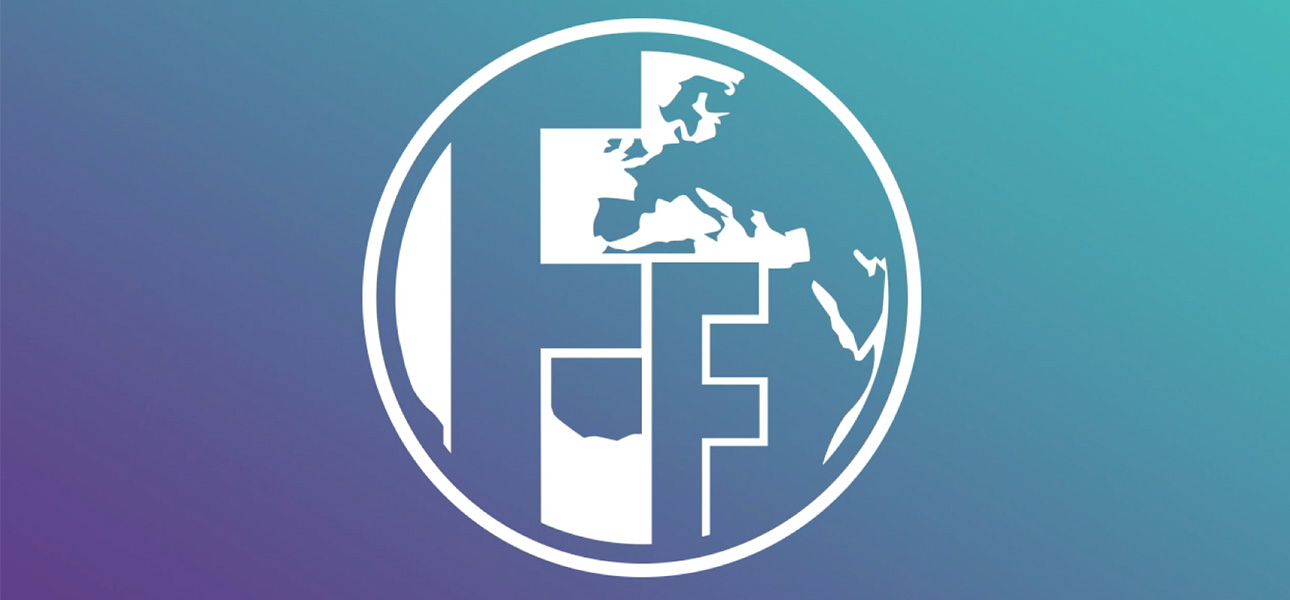Watch this webinar on payment system interoperability; legal, regulatory, and supervisory frameworks; and cross-border data exchange and message standards.
- How is Swift helping the industry meet the G20 targets?
- How can implementing pre-validation improve customer case management?
- What is needed to provide ISO 20022 post-end of in-flow translation and keep pace with future regulations and innovations?
- How can transitioning from on-premise to SaaS support multi-lateral cross-border payment platforms and intelligent routing?
Leveraging new technology for cross-border payments is a non-negotiable in 2024 – for a multitude of reasons. While the time is now for financial institutions to prioritise customer case management, end-to-end visibility, reducing friction, and pre-validation are all key components to ensuring transactions are made efficiently across borders.
While the Swift Essentials solution suite provides an opportunity, pain points such as speed, data quality, and visibility can no longer be a hindrance. Moreover, with the G20’s roadmap for enhancing cross-border payments being in flight, collaboration, and engagement between and beyond this group must be achieved to fully realise the benefits that can come from enhanced cross-border payments.
Monitoring progress towards reaching the goals outlined by the G20 is tantamount, but 2027 is a long way away in relation to the fast-paced nature of the financial services and technology industries. Improvements across speed, cost, accessibility, and transparency of payments across borders, must be a strategic endeavour.
Data can help give banks an idea of where to drive investment and action from the public and private sectors to achieve the G20 targets, but structures that facilitate this progress must be established.
A larger industry effort is required to adopt ISO 20022 and other standards to improve the efficiency and transparency of cross-border payments through payment validation. While Confirmation of Payee could potentially take care of payment validation, improved speed, data quality, and visibility can, in turn, accelerate fraud detection.
The quest for end-to-end visibility is, of course, fraught with difficulties around legacy infrastructure, but with software-as-a-service (SaaS) and the fact that it is scalable, a faster speed to market can be achieved in a cost-effective manner. Therefore, banks require a tool that they can use to meet future obligations and future innovation. Despite cross-border platforms being multilateral, the financial services industry must ensure that it is leveraging the new technology that is available to it.


